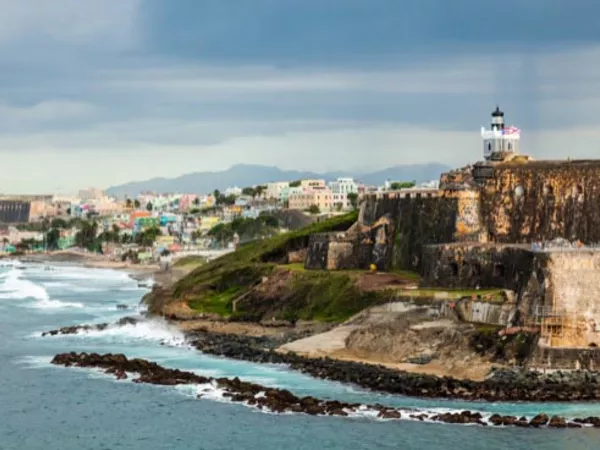By continuing to use this site, you agree to our use of cookies.
Moving to Alaska for Free
Jun 7, 2023
In:
Will the state of Alaska pay you to move there?
Although you might have heard Alaska pays people to move to the state, it’s a common misunderstanding. While some people are fortunate enough to find a job that covers relocating, the state of Alaska doesn’t offer funds to cover moving costs for new residents. The government does, however, share oil profits with permanent residents in yearly payments through the Alaska Permanent Fund Dividend (PFD). Before you plan a move to Alaska, make sure you understand the PFD and how to qualify.

What is the Alaska PFD?
In the late 1960s, the state sold tracts of land to an oil company, which caused a debate about the profits among Alaskan residents. The governor at the time wanted the money to be shared with the people living in the state, but it took until 1976 for the state constitution to establish the Alaska Permanent Fund Corporation to oversee and distribute the state's oil revenue. In 1982, the corporation began paying residents a portion of the profits on an annual basis.
How much do you get paid to live in Alaska?
The Alaska PFD’s annual payments vary based on the previous year’s revenue. The payments began at $1,000 per resident and haven’t dropped below $331 since the program’s inception over 40 years ago. The payments for the qualifying year 2022, (which are paid out in 2023) are set at $3,284 per resident. Please note that while Alaska doesn’t have a state income tax, the PFD funds are taxable by the federal government.
Here were the payment amounts for the previous four years:
- 2021: $1,114
- 2020: $992
- 2019: $1,606
- 2018: $1,600
Qualifying for the PFD
Don’t count your PFD money just yet. You must complete an application for every family member between January 1 and March 31 each year and meet the criteria for the previous year to receive funds. Not everyone who applies for the Alaska PFD will qualify for payments. In 2022, 665,764 people applied, and only 625,912 applicants were approved. Here are the eligibility requirements listed by the State of Alaska Department of Revenue:
- Must have been a resident of Alaska during the entire previous calendar year (January 1-December 31)
- Must have the intent to remain a resident indefinitely
- No claims to residency in any other state or country
- Can’t have been sentenced with a felony conviction, incarcerated for a felony conviction, or incarcerated for a misdemeanor (if convicted of a felony or two or more misdemeanors previously), for the calendar year
- No absences from Alaska for more than 180 days (except for an allowable absence, like college, medical treatment or military service)
- Must have been physically present in Alaska for at least 72 consecutive hours during one of the two previous years
- For children, eligibility is based on the parent or guardian (unless they are 18 or legally emancipated).
Note: These requirements were correct at the time of posting but could change at any time. Visit the State of Alaska Department of Revenue website for the most up-to-date information.
Establishing residency in Alaska
The primary requirement for receiving the PFD is state residency for the entire previous calendar year. There are several ways to prove residency that are acceptable to the Alaskan government. Many new residents choose to provide a copy of their shipping receipt for belongings they moved to the state. (If you’re shipping household goods to Alaska with U-Pack®, you’ll have easy access to this documentation).
You can also prove residency with one or more of the following documents:
- a lease or rental agreement in the applicant's name
- mortgage documents for a home purchase
- moorage/boat harbor fees (if living in a vessel)
- employment, such as a W2 or paystub
- Alaska driver's license or ID
- vehicle registration (vehicle or truck, not motorcycle or motorhome)
- state benefits that require residency like Senior Benefits or Alaska Housing
- voter registration
The Alaska Department of Revenue reserves the right to disqualify any application for the program if they feel the applicant does not intend to remain a resident in the state.
Questions?
If you have questions about the Alaska PFD, we recommend contacting the Alaska Department of Revenue PFD Division directly. And if you’re ready to make the move, U-Pack can help. We’re a DIY-moving service where you pack, load and unload, and then we handle transporting your things. We can move you from the U.S., Canada or Puerto Rico to Alaska. Get a free moving quote online or call 844-362-5303844-594-3077 to speak to a moving consultant. If you have any questions about moving with U-Pack, let us know in the comments. We’re here to help!
More articles you might like...



